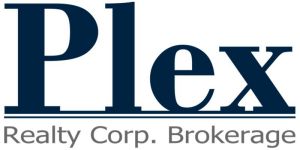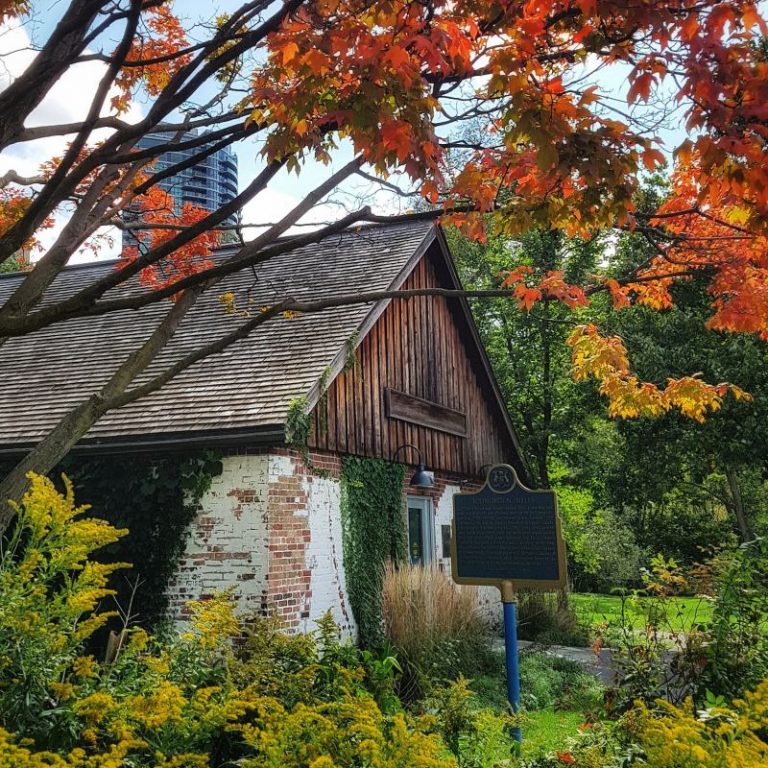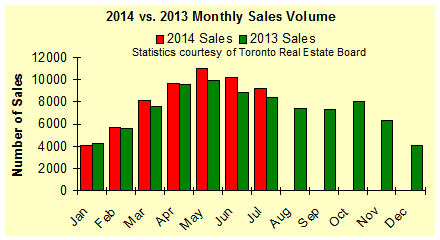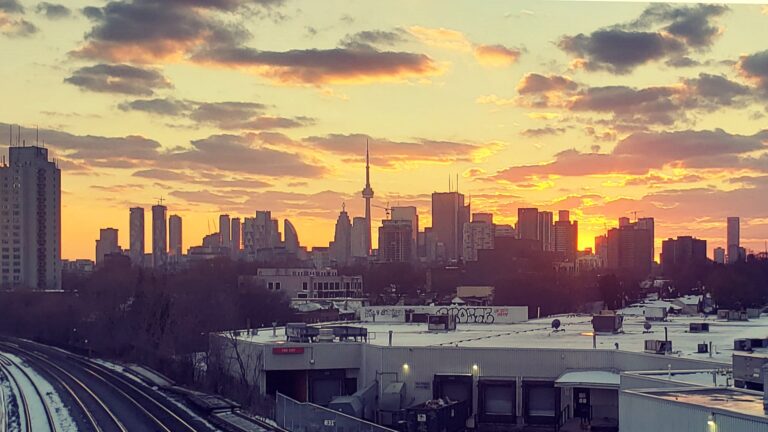Toronto Residential Income Property Newsletter: November 2011
What is the key to success in the real estate investment business? One word: Patience.Many of my clients have endured a rough ride this year with the lack of too many good duplexes and triplexes. The key, quite simply, is to hang in there. I strongly recommend to my purchaser clients that you don’t get frustrated with the market and the poor returns and just stay the course.Eventually, with a lot of hard work and a little bit of luck, your property will turn up.I’ve seen it happen too many times, that just when you think you will never find the right opportunity, that there it comes right around the corner.The old saying “good things come to those who wait” can be very true indeed in the income property business.
*
This month I’d like to look at a segment of the Toronto real estate market that I often don’t report on too regularly. As you know, at Plex we are very active with duplexes, triplexes and multiplexes as well as “fixer-uppers” that may have profit potential. One other area that can also have good investment potential is with mixed-use buildings – retail storefronts with two or three apartments and/or offices above.
Most of these properties are on popular retail strips like Queen, Bloor, College and obviously Yonge St.There are also little strips like the Forest Hill Village, the shops on Bayview south of Eglinton or at the top of Coxwell in Leslieville.Many neighbourhoods have retail strips that offer every good and service imaginable.Some areas are more known for specialties – for instance restaurants on the Danforth, or on College in Little Italy.Most of the time these buildings fall under the I.C.I. umbrella (commercial rather than residential) even though there may be residential rental apartments above the main floor retail space.
These properties can be quite interesting for someone looking to live-in or for the absentee investor. The market for these mixed-use buildings has been similar to strictly residential properties over the past few years insofar as lower bottom-line returns and negligible cap rates. My advice is to make sure that if you buy a mixed-use building that your main floor retail tenant is on a long lease and that their business is strong, unless of course you have a business to operate out of the main floor yourself. Most of the properties derive the bulk of their income form the main floor lease and it would be difficult to immediately make up that rent if the tenant leaves before the end of their rental term. It is much easier to find a residential tenant than a commercial one. The commercial rental market has softened a little following the recession we just endured. It is not uncommon to see more and more unrented storefronts these days.
Remember too that every new tenant is going to want to build to suit, so that cost is likely going to cost you months of free rent. It is usually the tenant who pays for major modifications to the premises, but you have to be aware of how these changes may affect the value of your building if they suddenly disappear. Also, most of these properties are on busy main streets, so keep that in mind if you intend to live in a property above a store front.
My clients have asked where the mixed-use retail market is going since commercial borrowing rates continue to be very favourable. So far in 2011, the market for these buildings has been strong and the bottom line cap rates are similar to the residential plexes. In other words, they don’t really offer any more investment benefit than apartments in traditional homes.
Experts believe that REITs (real estate investment trusts) are great indicators of where the commercial market is going. A couple of years ago many thought that the overall commercial prices would start to drop, yet that didn’t really happen in Toronto’s core. This is quite interesting because there is no indication that this is happening yet on either the residential or commercial side.
So does that mean that a storefront with two units above it will be a better buy this year than a regular triplex? Quite often I will highlight duplexes or triplexes that trade for over-asking and comment on how the investment value gets thrown out the window.
I’d like to look at some of this year’s activity that may shed light on what’s happening with these kinds of properties:
Here are all the 2011 sales in C01 west of Yonge Street south of Bloor, specifically categorized as stores with apartments or offices above. These include shops on Bathurst, Ossington, Dundas West, Queen West, College St and others.
|
Field
|
Count
|
Mean
(Average) |
Median
|
Mode
|
Low
|
High
|
|
List Price
|
11
|
$1,117,173
|
$999,000
|
n / a
|
$439,000
|
$2,250,000
|
|
Original Price
|
11
|
$1,120,809
|
$999,000
|
n / a
|
$439,000
|
$2,250,000
|
|
Sold Price
|
11
|
$1,080,000
|
$975,000
|
n / a
|
$400,000
|
$2,130,000
|
|
% List
|
11
|
96.36
|
98
|
98
|
88
|
103
|
|
Taxes
|
10
|
$10,743
|
$10,156
|
n / a
|
2779.2
|
$22,934.97
|
|
Bedrooms
|
0
|
n / a
|
n / a
|
n / a
|
n / a
|
n / a
|
|
Washrooms
|
4
|
4
|
4
|
n / a
|
2
|
6
|
|
Days On Market
|
11
|
93
|
44
|
44
|
13
|
472
|
Note that there were only eleven YTD sales in this, the most popular downtown retail area. The largest sale (over $2M) causes the average price to go into the million dollar range. Most sales are in the $700K range but they tend to be further west towards Dufferin. Obviously to closer to Yonge, the more expensive the buildings become.Here’s the same analysis for mixed-use buildings on the east side of the DVP. These would include sales on the Danforth, Broadview, Gerrard, Pape, Coxwell St. Clair East & many on Queen Street East.
|
Field
|
Count
|
Mean
(Average) |
Median
|
Mode
|
Low
|
High
|
|
List Price
|
30
|
$632,010
|
$558,500
|
n / a
|
$289,000
|
$1,69,000
|
|
Original Price
|
30
|
$635,177
|
$568,500
|
n / a
|
$289,000
|
$1,690,000
|
|
Sold Price
|
27
|
$585,333
|
$539,000
|
$825,000
|
$329,000
|
$1,590,000
|
|
% List
|
27
|
98.07
|
97
|
97
|
81
|
181
|
|
Taxes
|
28
|
$9,399
|
$8,397
|
n / a
|
$2,358.62
|
$29,245.12
|
|
Bedrooms
|
0
|
n / a
|
n / a
|
n / a
|
n / a
|
n / a
|
|
Washrooms
|
16
|
3.3
|
3
|
3
|
2
|
7
|
|
Days On Market
|
30
|
65
|
52.5
|
9
|
3
|
24
|
The average sales prices are lower than on the west side. The highest sales here are Queen St in the Beach and prime larger buildings on the Danforth. The average for a small building with one apartment above seems to around $600K.
I think that the bottom line is if a mixed-use building is throwing off better numbers than a completely residential multiplex and has good lease(s) in place, then it should be considered seriously. I prefer all residential just from a rentability point of view but remember that investment real estate is all about the returns. If cap rates start to get noticeably stronger on mixed-use buildings, I will start steering more of my clients in that direction. It hasn’t happened yet, but as I pointed out earlier, it may.





I’m interested in purchasing a multi unit residential building or mixed use (res / comm) close to any of the major TTC nodes in Toronto.
I have a consulting business that I will need to find a new home for, requiring approx. 600 sq ft.
I’d be interested in any suggestions you may have.
Thank you.